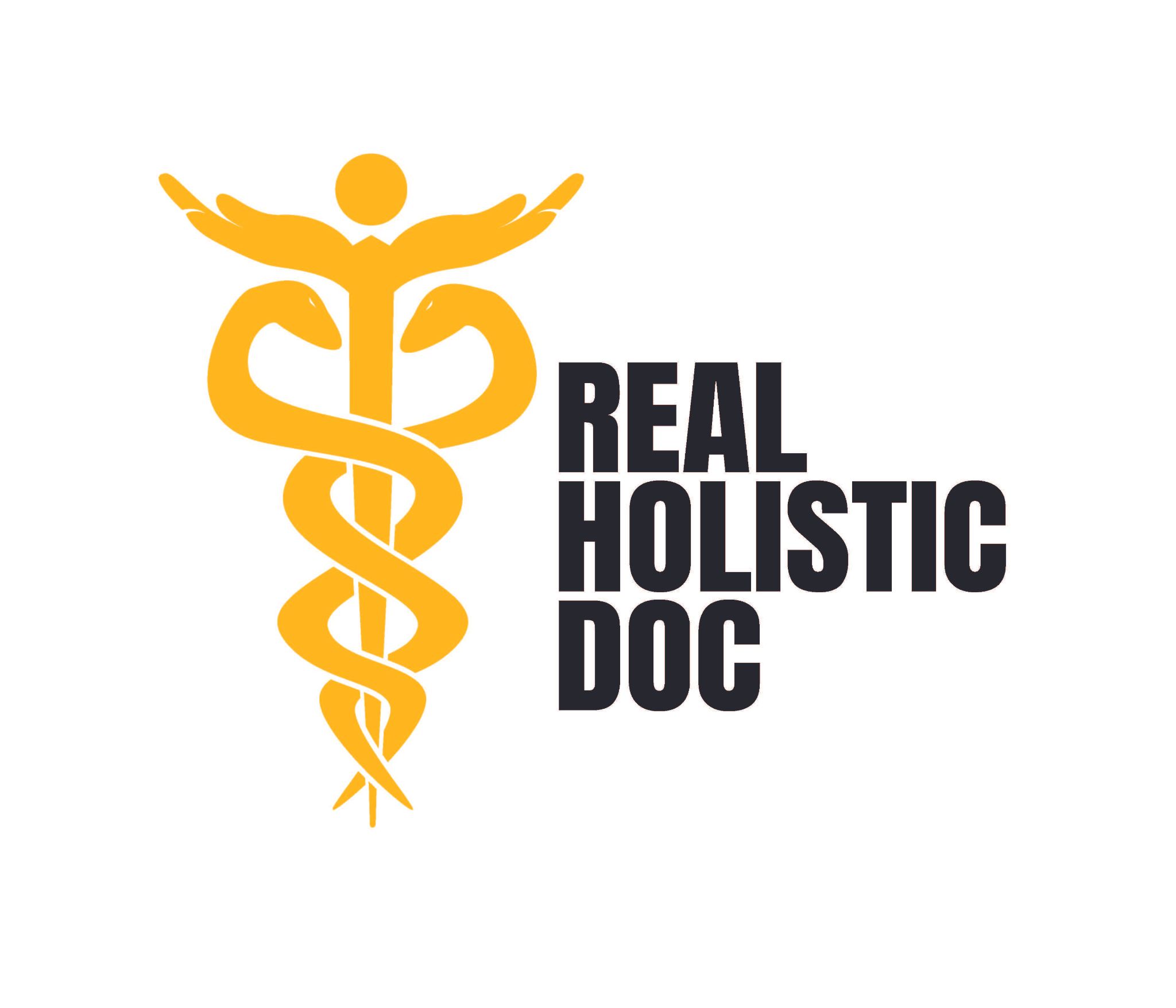| |
During my neurosurgical residency at Massachusetts General Hospital, I was appalled that the treatment for chronic pain consisted of either cutting the front half of the spinal cord or a frontal lobotomy! The cordotomy led to many complications:
- 10% new post-cordotomy pain far worse than the original pain
- 10% paralysis
- 10% paralysis of bladder and bowel function
- 100% loss of ability to have an orgasm
Long-term pain “relief” lasted only 8% of the time by the end of 4 years!
The lobotomy had minimal effect on the pain but patients complained less and lost personality forever.
I spent the first 3 years after my residency doing basic pain physiology, and I developed Dorsal Column Stimulation (an implanted pacemaker over the spinal cord) and Transcutaneous Electrical Nerve Stimulation TENS. TENS remains one of the most effective methods of pain control, especially in acute pain. In chronic pain, TENS is still the most effective and safest approach in about 50% of patients. In that other 50% of chronic pain patients, I would not consider DCS in 99% of them because of the severe problems created by inappropriate earlier treatments which worsened the overall pathophysiology!
It was that latter group of patients that led me to explore all the alternatives and the establishment of the Pain Rehabilitation Center, where I worked with over 30,000 chronic pain patients, with an 85% success in treating these individuals who had failed everything conventional medicine had to offer.
In my experience with these long-suffering patients who had often been remarkably surgically and pharmaceutically assaulted, I never met one who had been successfully treated with narcotics, tranquilizers or antidepressants. Indeed these “conventional” approaches usually continue to worsen the problems.
The multimodal, multidisciplinary approach which works well for pain management includes:
- Cranial Electrical Stimulation, with the Liss-now Fisher Wallace Stimulator
- Photostimulation with the Shealy RelaxMate
- Magnesium Lotion
- Biofeedback, Autogenic Training and Biogenics Self-Regulation Training
- Past Life Therapy
- Massage, Hydrotherapy, and Myofascial Release
- Vibratory music
- Education
- Good nutrition
- Acupuncture or Transcutaneous Acupuncture
- Facet nerve blocks and denervation in appropriate situations
- Osteopathic Manipulative Therapy, especially in cases of sacral shear
In general, the use of narcotics, antidepressants and tranquilizers is far more harmful than helpful. The most severe problems do best with an all-day therapy program of 80 hours of therapy in 2 weeks. For most patients, visits once or twice a week for reinforcement of the basic treatments work well.
Norman Shealy, M.D., Ph.D. is the father of holistic medicine. He recommends autogenic focus (the basis of the Biogenics System) as part of your overall commitment to self-health. Register to download your FREE autogenic focus MP3 now.
